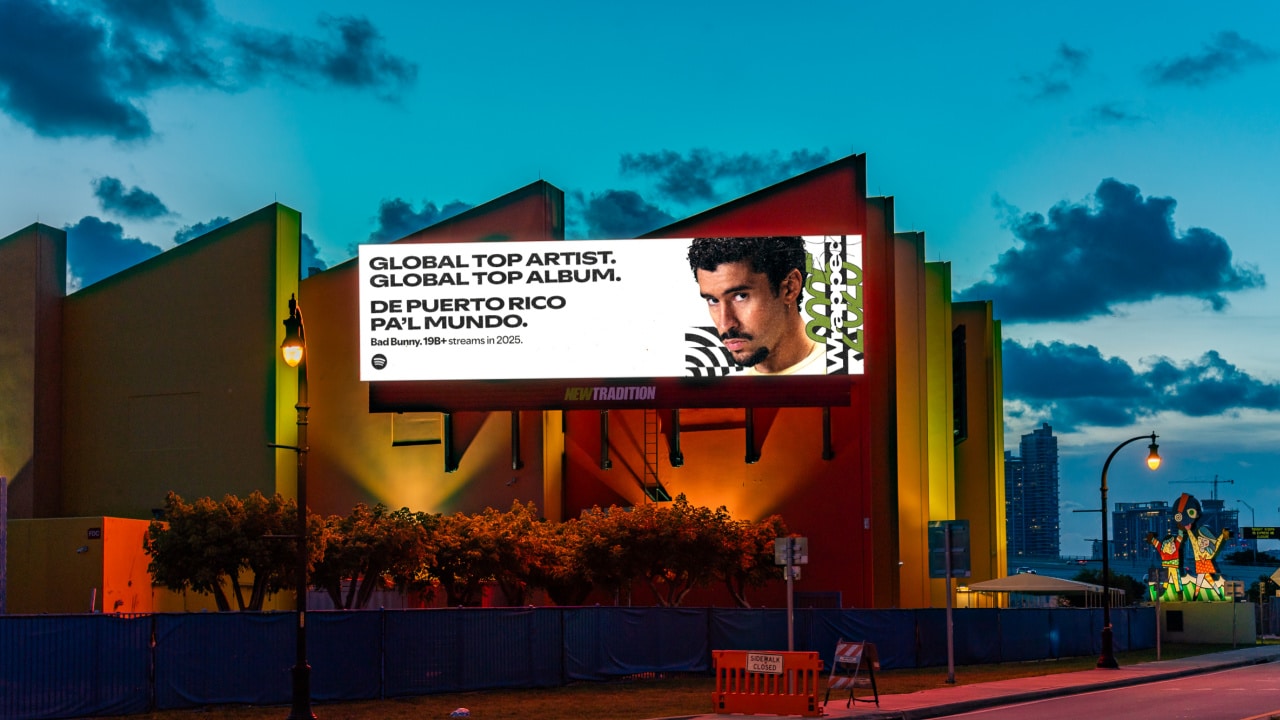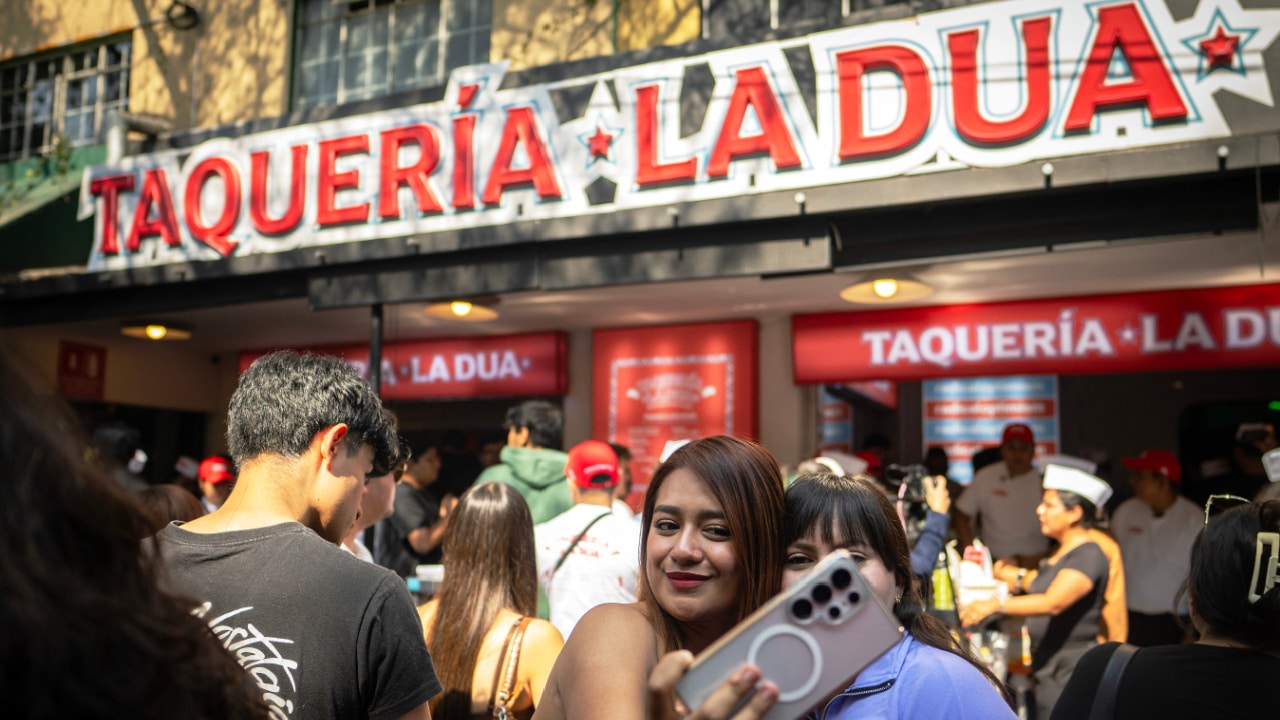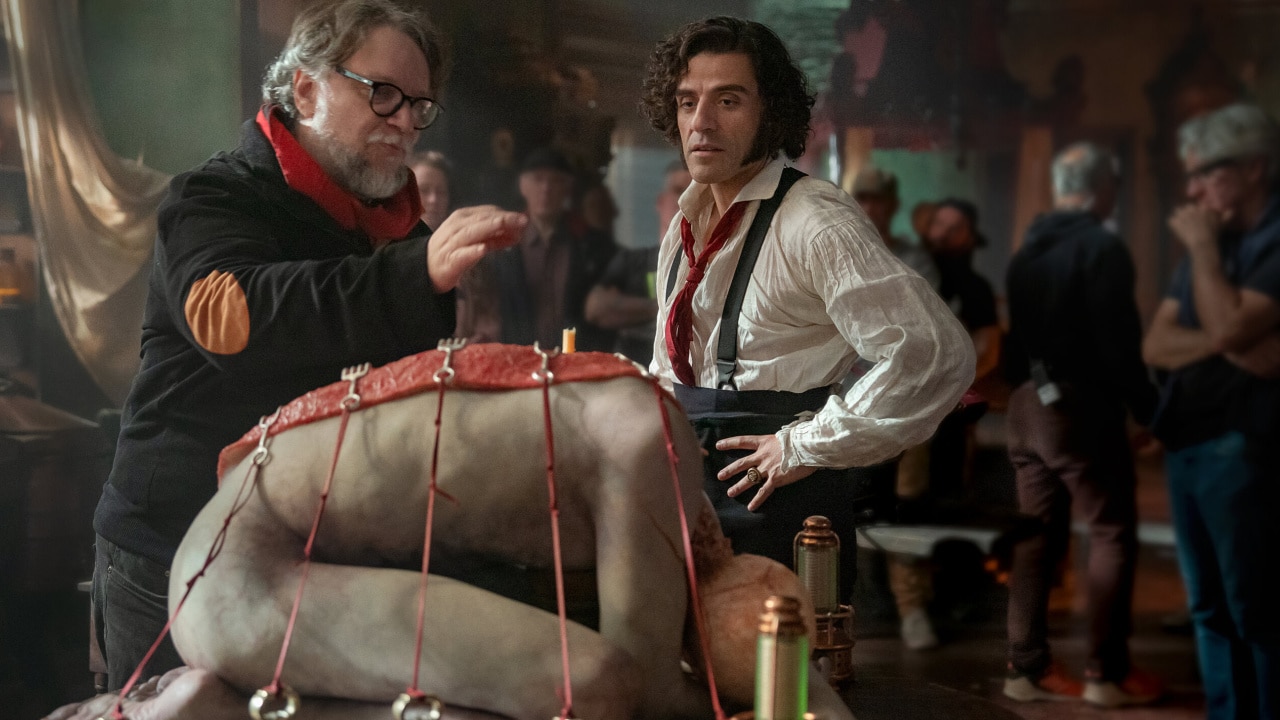Opinion: ‘Encanto’ Succeeded in Representing Latinos, but Does ‘Vivo’ Do It Better?
The 2022 Oscars were undoubtedly a ground-breaking affair for the Latino community. While the debate surrounding the underrepresentation of Latinos in the media remains necessary, with movies like “Encanto” and actresses like Ariana DeBose taking center stage, Latino identities have recently become more noticeable in film — especially animated ones.
Yet, greater representation does not necessarily imply deeper conversations. By disregarding Sony Picture’s Cuban-themed “Vivo,” the awards missed a prize-worthy opportunity for more significant discussions about transnational migration and the complexity of diasporic identities, two critical issues affecting the Latino community. The computer-animated musical, whose titular hero is voiced by singer-composer Lin-Manuel Miranda, has garnered less attention than other Latino-themed animated films, and reviews have been lukewarm. Critics seem to have missed “Vivo’s” subtle engagement of what some have referred to as “Trump-era anxiety.”
The film opens in Havana, Cuba, where the elderly musician Andrés Hernández and his pet kinkajou, Vivo, busk daily in the city’s Plaza Vieja. Leaving behind Cuba’s genteel poverty becomes a possibility when Andrés is invited by an old flame — famed singer Marta Sandoval — to perform at her farewell concert in Miami. Marta, voiced by Gloria Estefan, seems inspired by famed Cuban songstress Celia Cruz who, like Marta, abandoned the island early in her career.
Montage flashbacks of Andrés and Marta’s salad days in Cuba are drawn in hot, vibrant colors that capture the island’s pre-Revolutionary splendor. Andrés is swept up with the idea of reconnecting with Marta while Vivo remains skeptical. Angrily storming off, the kinkajou spends the night in the street. The film thus ingeniously depicts the dilemma that many migrants face: To stay or go? How to remember the past? How to think about lost opportunities? Ultimately, what “Vivo” does so well is depict the essential emotions of diasporic communities.
Ambiguous losses pervade “Vivo.” The day after Marta’s invitation arrives, Vivo returns home to find Andrés has passed away during the night, his hand still clutching the song he composed for Marta so many years ago. To mitigate his own feelings of loss, the singing kinkajou tasks himself with delivering the song to Marta. The following night, we meet Rosa Hernández, whose late husband was Andrés’ nephew, and who arrives from the Florida Keys for Andrés’ funeral. Rosa’s hip-hop loving daughter, Gabi, accompanies her mother.
The somber scene is characterized by deceased patriarchs, family quarrels, and trips not taken — in short, unresolved losses of all sorts. Gabi and Vivo exchange a few words before the latter hides in Gabi’s suitcase in hopes of reaching Marta before the start of her Miami show.
Although “Vivo” never strays far from the lighthearted tone of a children’s animated film, it’s difficult not to understand the kinkajou’s journey like that of many Cubans migrants, who risk their lives in hopes of reaching the United States.
After his stowaway trip, Vivo emerges from Gabi’s suitcase only find himself in Gabi’s room, staring into an empty aquarium, the tank populated by tombstones dedicated to the memory of the girl’s former pet fishes. Will Vivo, too, face a deadly fate at the bottom of the ocean? Vivo and Gabi eventually decide to make the trip from Key West to Miami together. During their journey, Gabi and Vivo experience a fear of persecution not unlike that felt by both documented and undocumented immigrants.
They begin their trek trying to board a bus whose driver ultimately refuses the kinkajou a ride: “No pets, no critters — whatever you are, get off of my bus! Not on my watch!” After the brusque rebuff of Vivo, passengers cheer the driver’s decision, to which he replies, “Oh, you like that? I came up with that myself!” Ironically, “Not on my watch” is not a novel turn of phrase by any means. Rather, President George W. Bush used the same quip on various occasions during his 2004 reelection campaign whistle-stops. Vivo and Gabi eventually decide on the shortest and most dangerous route to Miami: sailing on a makeshift raft through the Everglades.
Courtesy of Netflix
During their swampy journey through the dangerous wetlands of south Florida, Vivo and Gabi are trailed by the Sand Dollars, a group of three girl scouts who hound the two runaway protagonists with a strain of “wokeness” that is authoritarian, self-aggrandizing and hypocritically annoying. Utterly ignorant to immigration’s sometimes traumatic stakes, their well-intentioned concerns about Vivo’s welfare approach a type of xenophobic inflexibility. They snarkily explain that a kinkajou is not “native to these parts” and thus “cannot survive in this environment.” They demand to see the kinkajou’s “vaccination certificate,” since his “eyes look a little cloudy” and his “coat is kind of mangy.”
Courtesy of Netflix
The film concludes when Vivo and Gabi deliver Andrés’ song to Marta, thereby allowing the famed singer to reassess her past, reanimate her memory and alleviate her sense of ambiguous loss.
Vivo and Gabi, in turn, deal with their respective losses by taking their song and dance act to Key West’s Mallory Square. With Vivo’s Latin melodies and Gabi’s hip-hip swagger, our dual protagonists symbolically figure a sort of international reconciliation: a diasporic identity constituted by a confluence of cultures.
Courtesy of Netflix
Of course, it should not be forgotten that “Vivo’s” happy ending is indeed the stuff of fantasy.
With the end of the so-called “wet foot, dry foot policy” under President Barack Obama, Cubans like Vivo who arrive unannounced on a raft can no longer remain in the United States. Thus, not unlike U.S. immigration policy, Miranda’s film, too, sidesteps more lasting and poignant resolutions to what can be life-and-death issues for the Latino community.




